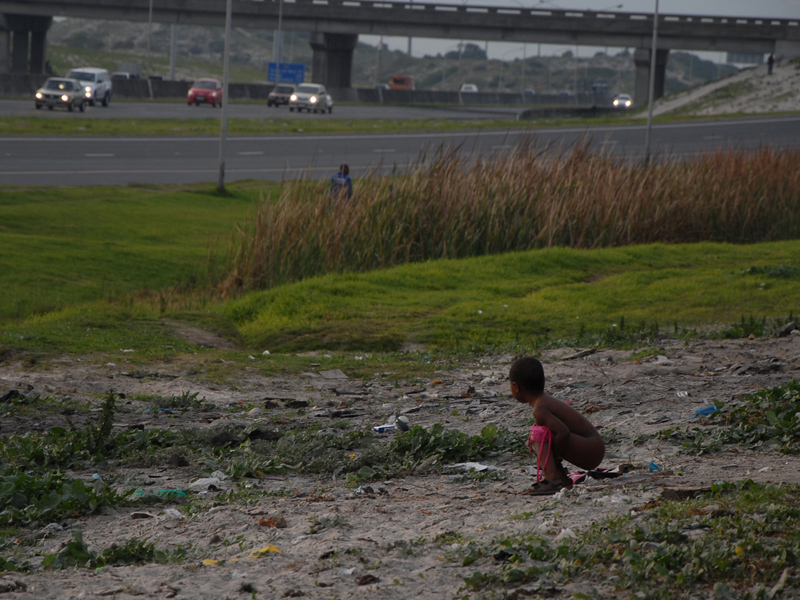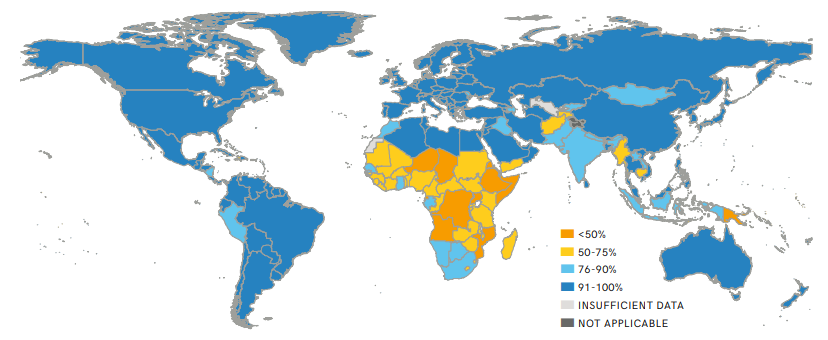Conclusion: COP27 and looking forward

This thread of blog posts has explored politics of water in Africa including: water wars, River Nile management, sanitation, and community-based management. On reflection, the wide variety of talking points has allowed for an expansive analysis on this subject. Furthermore, exploring specific case studies avoided tact generalisations commmon-place when speaking about Africa ( Binyavanga Wainaina, 2005) . Conflict has been a recurring theme throughout. However, given the water scarcity, variability, increased demands and colonial imprints, this is hardly surprising and supports my initial assumptions of the blog's direction. Lastly, throughout these discussions, climate change emerges as the critical factor underpinning the future of water discourse in Africa. Despite uncertainty predicting exact rainfall and river discharge impacts, predictions entail fewer light precipitation events and more frequent heavy precipitation in the tropics as seen in figure 1 ( Myhre et al., 201...



